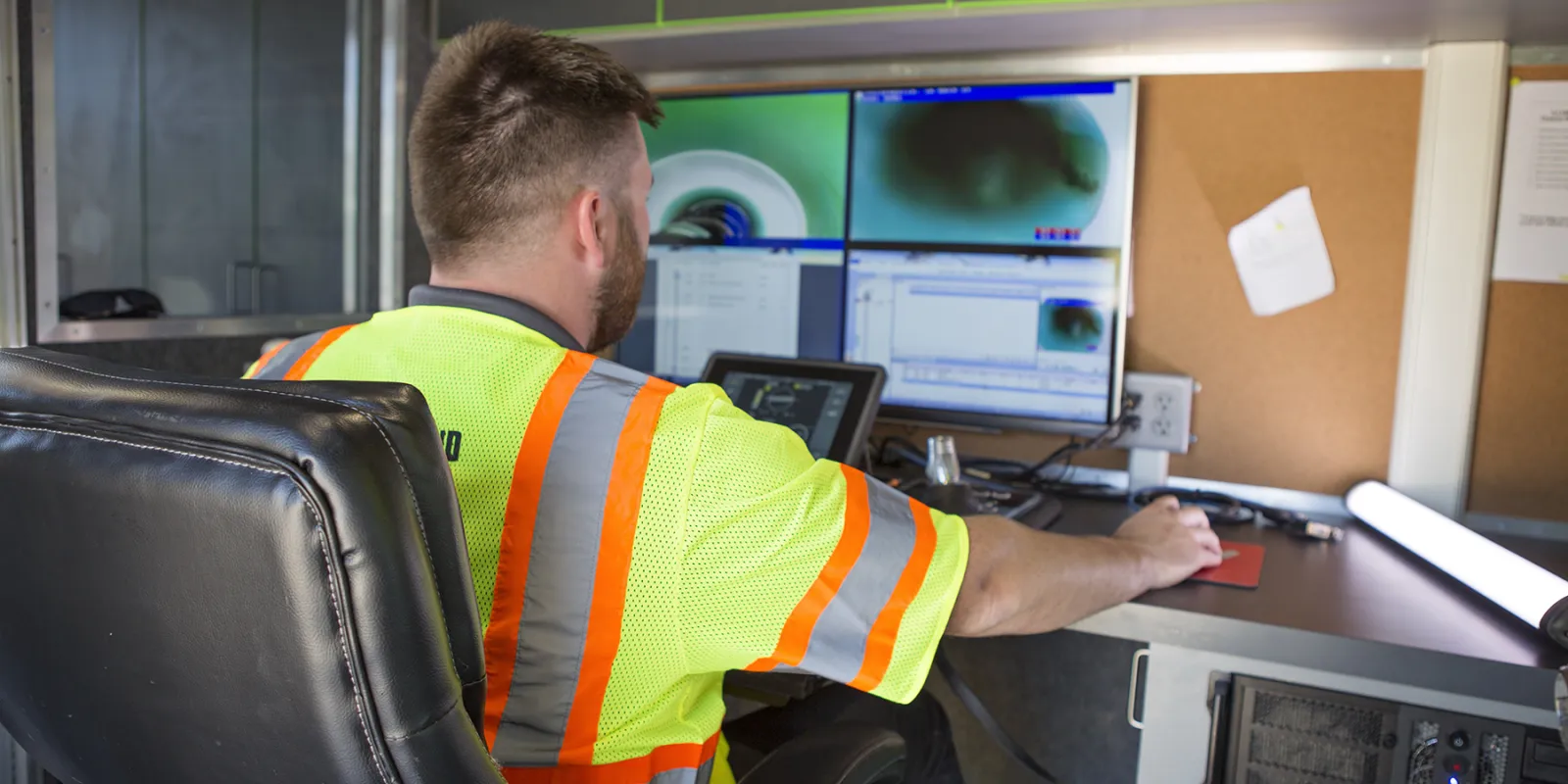

Thursday, December 6th 2018
The United States has over 2.5 million miles of pipelines—enough to circle the earth 100 times—crisscrossing the landscape, carrying a variety of products such as natural gas and oil. Additionally,  there are over 800,000 miles of public sewers and 500,000 miles of private lateral sewers connecting private property to public sewer lines. Utilities and energy companies install much of this pipeline network underground.
there are over 800,000 miles of public sewers and 500,000 miles of private lateral sewers connecting private property to public sewer lines. Utilities and energy companies install much of this pipeline network underground.
The nation’s energy and water infrastructure exists in all 50 states, and the ubiquitous nature of pipelines means that any construction project that breaks ground risks damaging existing infrastructure.
Laying new pipelines and updating aging pipeline infrastructure by using trenchless excavation technologies have increased the potential for companies to accidentally and unknowingly puncture existing infrastructure while drilling to install new pipelines. The result is that a new pipeline is inserted through punctured infrastructure. This type of pipeline damage is known as a “cross-bore.”
Cross-bores first entered industry, policy and public awareness in 1976 when a sewer drain cleaner hit a cross-bored gas line, causing an explosion that resulted in two deaths. While this tragic incident brought awareness of cross-bores, many remain undetected underground for years.
Advances in camera technology allowed for internal pipeline inspections in the 1990s. This led to greater understanding of the frequency with which underground distribution lines—generally electric, gas and cable lines—were being drilled through sanitary sewers, storm sewers and other utilities.
It is important to note that the frequency of cross-bores remains largely unknown and likely varies in different areas of the country based on past operating practices, state and local laws, depths of lines and density of populations. However, while there is no widely agreed-upon estimate, an extrapolation of reported cross-bores of gas lines and sewers suggests there may be hundreds of thousands of existing cross-bores in the U.S., at an estimated average rate of 0.4 per mile of pipeline. These are often referred to as “latent cross-bores.”
The current state regulatory and legislative landscape does not always provide comprehensive guidelines for cross-bore prevention and elimination. Often, when pipeline disasters occur, the gas industry bears the brunt of legal and financial responsibility as well as damage to their reputation. Therefore, the gas industry develops methodologies to minimize cross-bore risk and to eliminate legacy cross-bores. For example, several membership organizations working toward safe trenchless digging and cross-bore elimination practices include the Distribution Contractors Association and the Common Ground Alliance, while the Cross Bore Safety Association is in the process of developing a best practices document.
To read the full article, visit the National Conference of State Legislatures website: http://www.ncsl.org/research/energy/cross-bore-prevention.aspx